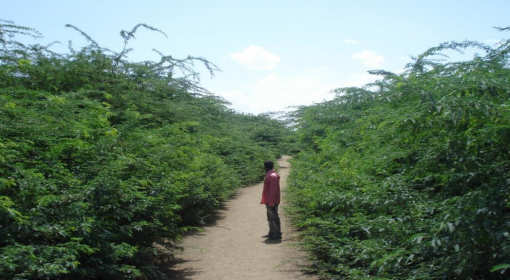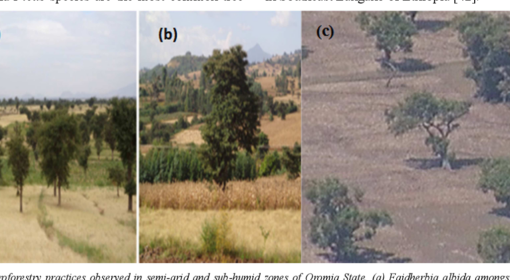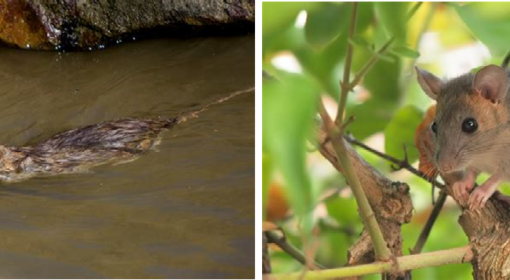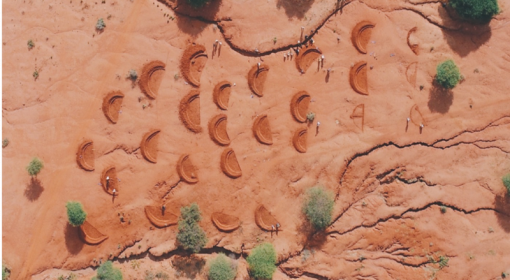Authors: Dawit Kidane, Luwieke Bosma, Femke van Woesik
In Ethiopia, small-scale poultry farmers grapple with scarcity and high-quality feed costs, constituting 70-80% of their production expenses. This not only threatens their livelihood but also makes poultry products less affordable. A promising solution to this challenge is the utilization of Black Soldier Fly (BSF) larvae, an innovative and sustainable feed alternative. These larvae can transform organic waste into a protein-rich source. This potential can mitigate the challenges that poultry farmers currently face.
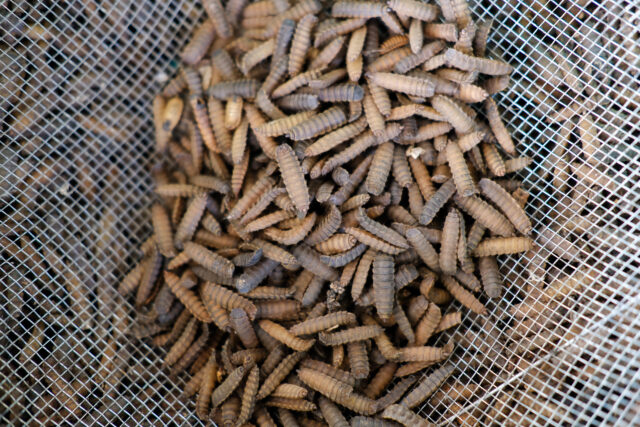
Research highlights the potential of edible insects, like the BSF larvae, as cost-effective ingredients in animal feed. According to Sumbule et al. (2021), incorporating such alternative sources can significantly lower feeding costs. Moreover, Paul et al. (2017) identified these insects as high-quality protein sources that meet poultry dietary needs. By converting organic waste into nutrient-dense feed, BSF larvae not only offer a solution to reduce feed costs but also contribute to environmental sustainability. They boast a high protein content (38.5-62.7%), beneficial fatty acids (14.0-39.2%), and essential micronutrients such as iron and zinc (Makkar et al., 2014).
The impact of integrating BSF larvae into poultry diets is profound. Layer hens consuming this alternative feed have shown a 62% increase in egg production, producing eggs with thicker shells and richer yolks. Similarly, broilers raised on BSF larvae feed exhibited a 10% greater weight gain than those on traditional feeds (ICIPE, 2017).
Harnessing BSF larvae involves collecting organic waste and cultivating the larvae, which are then processed into poultry feed. Farmers can significantly slash production costs by adopting BSF-based feed, boosting poultry output, and enhancing food security with more accessible, nutritious poultry products. This approach addresses the immediate challenges poultry farmers face and aligns with the broader goals of regenerative agriculture.
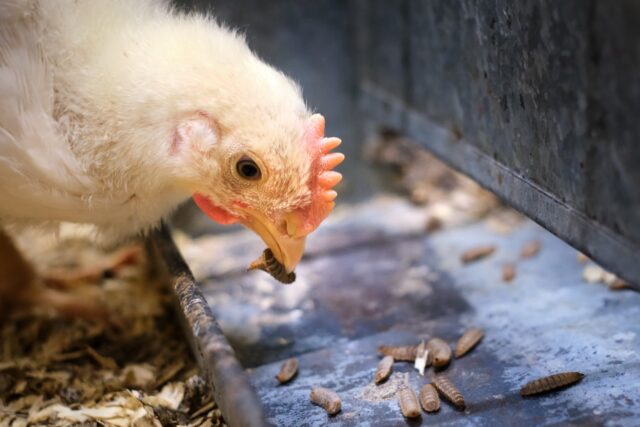
Source: Jeroen Bouman (https://www.knaw.nl/bijeenkomsten/insecten-de-voedselproductie-van-de-toekomst)
References
ICIPE. (2017). Weight gain of ISA brown exotic grower chicken fed insect-based meal. Nairobi: ICIPE.
Makkar HPS. (2016). Animal nutrition in a 360-degree view and a framework for future R&D work: towards sustainable livestock production. Animal Production Science 56 (10): 1561-1568. https://doi.org/10.1071/AN15265
Paul A, Frederich M, Megido RC et al. (2017). Insect fatty acids: a comparison of lipids from three orthopterans and Tenebrio molitor L. larvae. Journal of Asia-Pacific Entomology 20:337–340. https://doi.org/10.1016/j.aspen.2017.02.001
Sumbule EK, Ambula MK, Osuga IM et al. (2021). Cost- Effectiveness of Black Soldier Fly Larvae Meal as Substitute of Fishmeal in Diets for Layer Chicks and Growers. Sustainability 13 (11): 6074. https://doi.org/10.3390/su13116074
